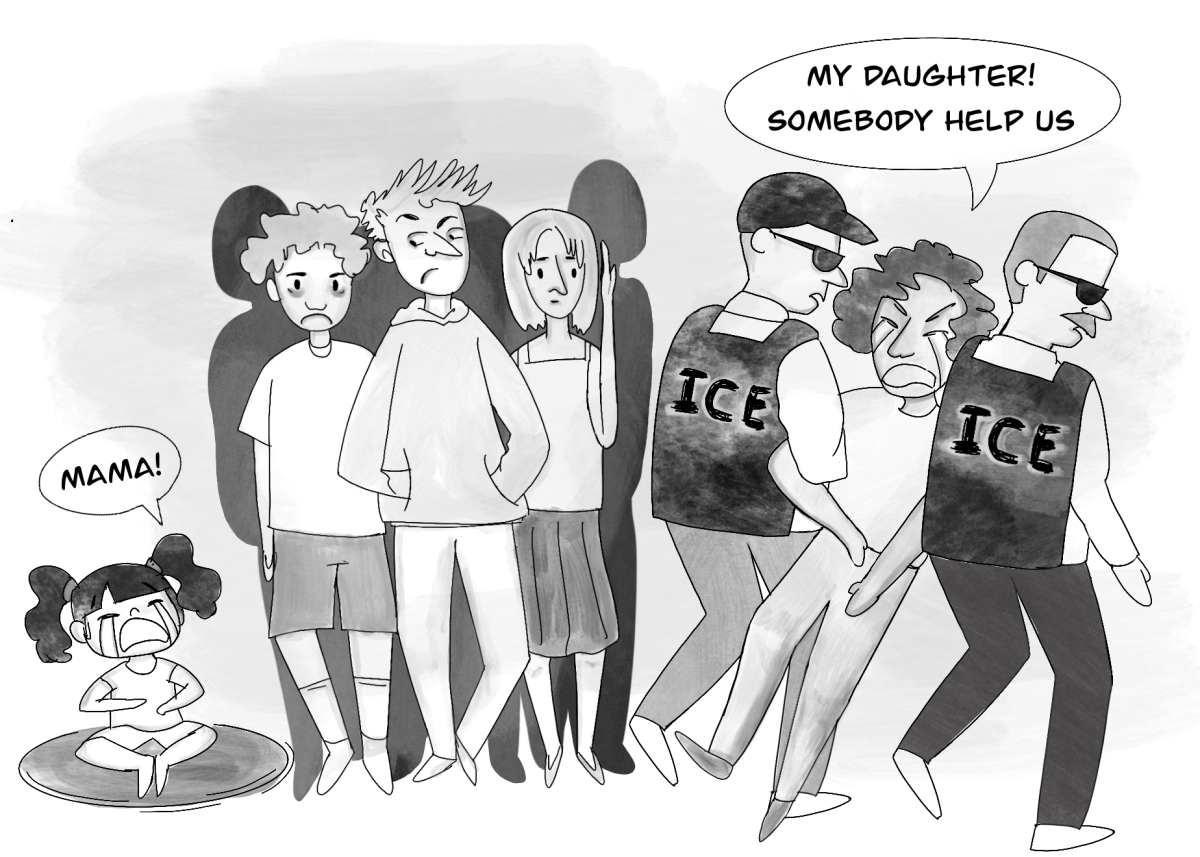Queer women have been in television and films for a long time, but shrouded in coding and stereotypes without using the words queer or lesbian.
One of the primary factors that has perpetuated these toxic stereotypes is the Motion Picture Production Code, also known as the Hays Code. These were Hollywood’s guidelines from 1934 to 1968 to set moral standards for the film industry. These stereotypes have continued and evolved in the 21st century.
“Any inference to sexual perversion” was the umbrella phrase that applied to LGBTQ+ characters, along with the heavy enforcement on women in general. Queer coding was a way that directors got around this. In particular to lesbians and queer women, they often strayed from traditional femininity, whether through clothing or behaviors. As queer women advanced in the eyes of the public along with their rights, stereotypes were slowly formed over the years.
Women have been hypersexualized in the media, but when it comes to queer women, there are much more subversive tropes. Promiscuity and cheating are common themes that affect real-life images of people in the community. These women are seen as untrustworthy and unfaithful, and in turn tell the general audience that women are not meant to be in loyal, committed relationships with other women.
“Bury Your Gays” one of the most well-known trope of them, is where queer characters die or are killed off in order to move their partner’s plot forwards. The sorrow and angst that win all the awards have permeated plots to the point where happy love stories involving lesbians are few and far between.
President and CEO of GLAAD, Sarah Kate Ellis, said in her 2016 statement in GLADD’s annual LGBTQ+ inclusion report, “More than 25 queer female characters have died on scripted television and streaming series. Most of these deaths served no other purpose than to further the narrative of a more central (and often straight, cisgender) character. When there are so few lesbian and bisexual women on television, the decision to kill these characters in droves sends a toxic message about the worth of queer female stories.”
According to Autostraddle, a lesbian and queer-centered digital publication, in 2016, out of 383 lesbian/bisexual TV characters 95 were either killed or died, and only 30 of them had happy endings.
Further exploration and updated information on specific areas is needed as well. Most of the research came from 2016 to 2018 because of the alarming numbers of queer women characters dying and being mistreated, including the death of major characters like Lex from the “The 100” and Poussey from “Orange is the New Black.”
Yet despite the bleak history, I still have hope. More creators are pushing back against reductive tropes and working to tell stories that reflect the full complexity of queer and lesbian lives. The shift is slow, but it’s happening because audiences are beginning to demand more.
Pride Month may be ending, but the need for authentic representation isn’t seasonal. Queer women deserve to see themselves reflected not just in June, but all year long — in stories that affirm, challenge and inspire.
Copy edited by Emma Jolly










